Reviewed by Julianne Ngirngir
Imagine: your phone buzzes, you flip it over, and instead of mindlessly doom-scrolling, you actually respond to that text with tactile clicks that feel satisfying under your thumbs. Sound like science fiction? Welcome to the BlackBerry revival of 2025, where nostalgia meets Android in ways that might actually make sense.
What you need to know:
Chinese firm Zinwa Technologies is reviving the BlackBerry Classic as the Android-powered Q25 for $400
The device promises 12GB RAM, Android 13, and a 50MP camera while keeping that iconic QWERTY keyboard
Initial Kickstarter targets suggest 3,000 units with shipping planned for August 2025
This isn't just retro pandering—Gen Z is driving a viral TikTok trend around BlackBerry phones as digital detox tools
Why everyone's suddenly obsessing over physical keyboards again
Here's the thing: we've collectively realized that typing on glass isn't actually that great. The TikTok searches for "BlackBerry phone" have hit new highs alongside platforms like Depop and eBay, and it's not just nostalgia driving this trend.
Gen Z users are posting videos with captions like "POV: you bought a blackberry in 2025 bc your iPhone is ruining your life" that rack up 6.6 million views. These aren't tech reviewers or business professionals—they're digital natives who've grown up with touchscreens and are actively choosing something different because they crave intentional, distraction-free communication.
The Zinwa Q25 promises to bridge that gap intelligently. Based on our analysis of previous Android BlackBerry devices, the biggest limitation was always outdated software architecture. Unlike the original Classic's stuck-on-Android-4.3 runtime that made modern apps nearly unusable, this revival runs full Android 13 with Google certification promised.
What makes keyboard phones different from the flip phone revival is workflow transformation. Where flip phone sales grew at nearly 70% annually from 2020-2025, they primarily serve digital minimalism. Keyboard phones target power users who want faster text composition, better email management, and the kind of tactile feedback that improves typing accuracy by 15-20% compared to touchscreens.
PRO TIP: If you've got an original BlackBerry Classic gathering dust, Zinwa's offering a $300 conversion kit for DIY upgraders who want to retrofit their device with modern internals.
What makes this revival different from previous attempts
We've been burned before. The BlackBerry Priv slider "sucked" despite promising everything keyboard phone fans wanted—weight imbalance made typing uncomfortable, and sluggish performance killed productivity workflows. TCL's KeyOne and Key2 were solid but uninspiring, with decent battery life and reasonable pricing but mediocre cameras and finicky touch-sensitive keys that never quite worked as intended.
The Q25 appears to be learning from those specific mistakes. Zinwa Technologies is promising legitimate flagship-tier specs: 12GB LPDDR4X RAM, 256GB storage, MediaTek Helio G99 chipset, and that 50MP main camera. The 3,000mAh battery should easily outlast most modern smartphones, especially given the more efficient display and processor combination—addressing the performance compromises that killed previous attempts.
More importantly, they're solving the ecosystem bottleneck. Previous Android BlackBerry devices struggled with app compatibility and sluggish performance because outdated Android versions broke functionality with banking apps, social media platforms, and essential productivity tools. Full Android 13 with Google Play certification means WhatsApp, banking apps, and everything else just works without workarounds or sideloading.
The weight distribution lessons from the Priv failure also appear addressed. Maintaining the Classic's compact form factor eliminates the top-heavy slider mechanism that made sustained typing sessions uncomfortable, while the MediaTek chipset should deliver consistent performance without the thermal throttling that plagued earlier attempts.
The security angle that still matters
Based on our experience with enterprise BlackBerry deployments, the brand's reputation wasn't built on keyboards alone—it was built on making communications that couldn't be intercepted. While consumer attitudes toward privacy have evolved since the original BlackBerry heyday, recent data breaches and surveillance concerns have made device security more relevant than ever for everyday users seeking true digital privacy.
Modern BlackBerry-powered Android devices emphasize this heritage through practical security implementations: DTEK security monitoring that shows exactly which apps access your microphone or location, encrypted messaging capabilities, and hardware-level security measures that go beyond standard Android protection. The company's partnership with Samsung demonstrates that enterprise-grade security can enhance rather than complicate consumer Android experiences.
For the Q25, this translates into real-world privacy benefits that address current user concerns. Think automatic app permission monitoring, secure boot processes that prevent malware installation, and the kind of proactive security notifications that help users understand exactly what data they're sharing—features that matter whether you're protecting business communications or personal photos.
BlackBerry's broader business has actually been thriving in 2025, with IoT revenue hitting $53 million in Q1 and the company achieving three straight quarters of positive free cash flow. Their QNX software powers infotainment systems in over 255 million vehicles, proving the technical credibility that should inform Q25 security implementation.
Getting your hands on one (and whether you should)
The Zinwa Q25 is targeting an August 2025 launch, with pre-orders likely starting soon. The $400 price point positions it within the competitive mid-range Android territory occupied by devices like the Google Pixel 7a and Galaxy A54—more expensive than budget phones but significantly cheaper than flagships.
This competitive positioning makes strategic sense when you consider market context. You're not buying this to replace a Galaxy S25 Ultra or iPhone 16 Pro Max in terms of camera versatility or gaming performance. You're buying it because you want something that prioritizes typing efficiency, battery life, and intentional communication over infinite scroll capabilities and computational photography.
The real test is whether keyboard phones can be truly viable when users have been trained to expect zero compromises. The answer depends on execution of fundamental smartphone functions—camera quality that handles daily photography needs, performance smooth enough for modern apps, and battery life that supports full workdays without anxiety.
If Zinwa delivers on their technical promises—and executing flagship-level specs at $400 from a relatively unknown manufacturer remains the biggest unknown—the Q25 could represent the first keyboard phone that doesn't require excuses or compromises from users who choose it.
Don't Miss: Keep an eye on Zinwa's broader plans to refresh the BlackBerry KEYone and Passport as well, likely branded as the K25 and P26 respectively.
Is this nostalgia or the start of something bigger?
The global BlackBerry market is projected to reach $2.52 billion by 2033 with a 6.2% CAGR, suggesting sustained interest beyond viral TikTok moments. This growth prediction comes from enterprise software and IoT expansion, but consumer device interest indicates demand for alternative form factors that prioritize function over endless feature accumulation.
The Q25's success will likely depend on execution rather than concept validation—the concept has been validated by social media trends, vintage device sales, and user testimonials from people actively choosing inferior hardware for superior input methods. What remains unproven is whether a small manufacturer can deliver flagship-level performance, camera quality, and software support while maintaining the tactile advantages that make keyboard phones appealing.
Market conditions suggest better timing than previous attempts. The smartphone industry has reached practical maturity, with most flagship improvements offering marginal user benefit. This creates space for devices that excel in specific use cases—productivity-focused typing, longer battery life, distraction-minimized interfaces—rather than trying to compete on every possible metric.
Either way, it's refreshing to see someone taking a calculated approach to making keyboard phones work again. At $400, it's positioned as a focused experiment rather than a premium gamble—accessible enough for curious users to test whether physical keyboards enhance their daily workflows without committing to a $800+ flagship that might disappoint.




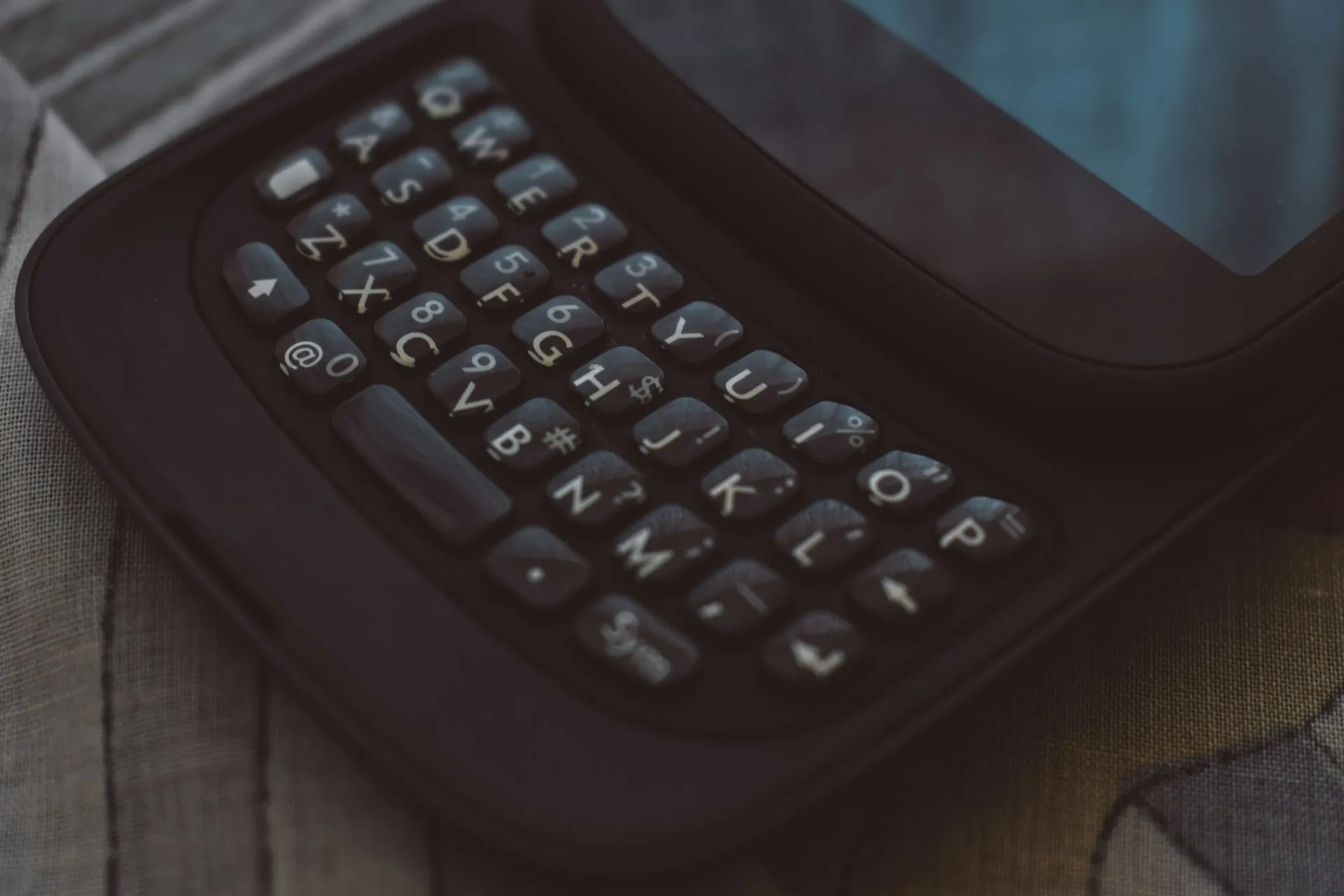
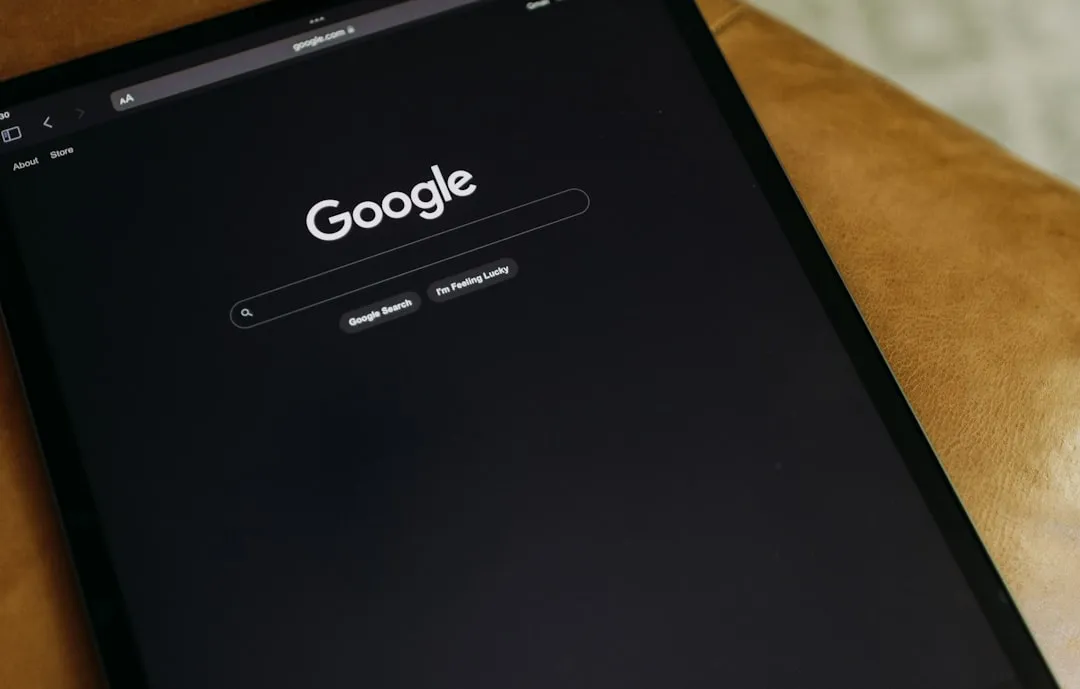
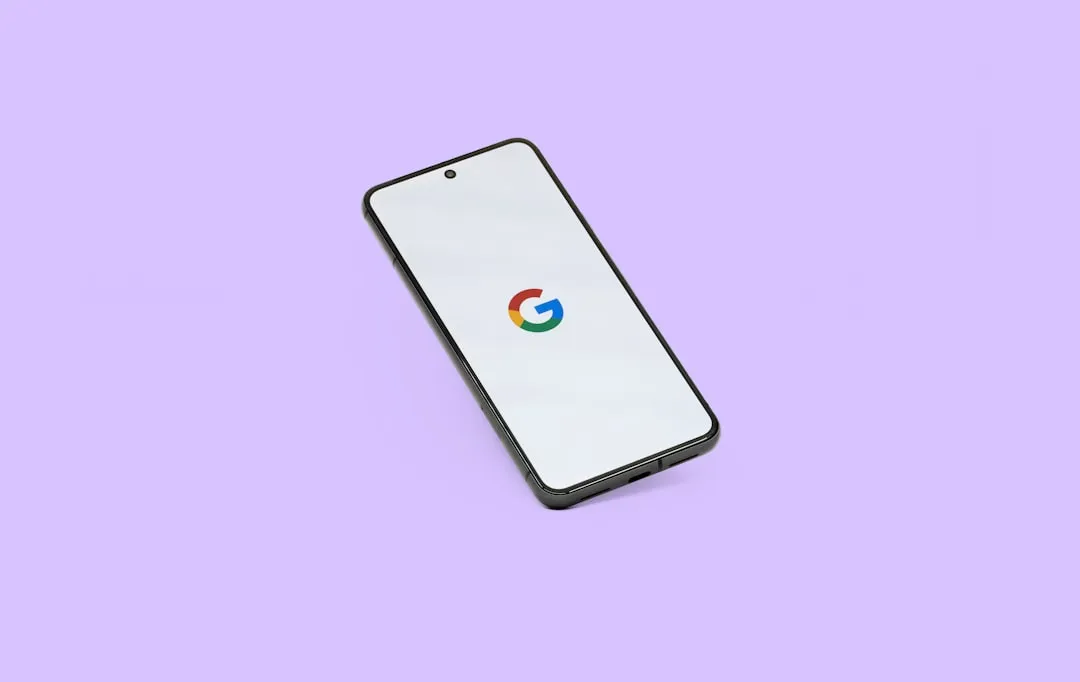
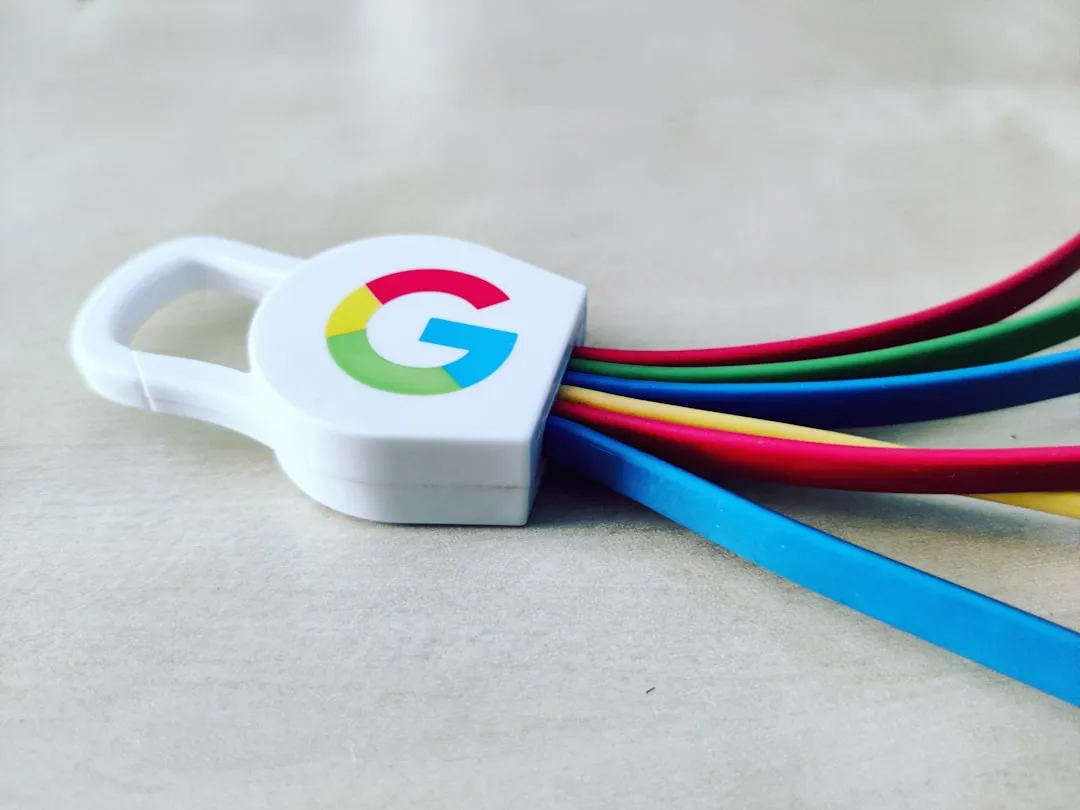
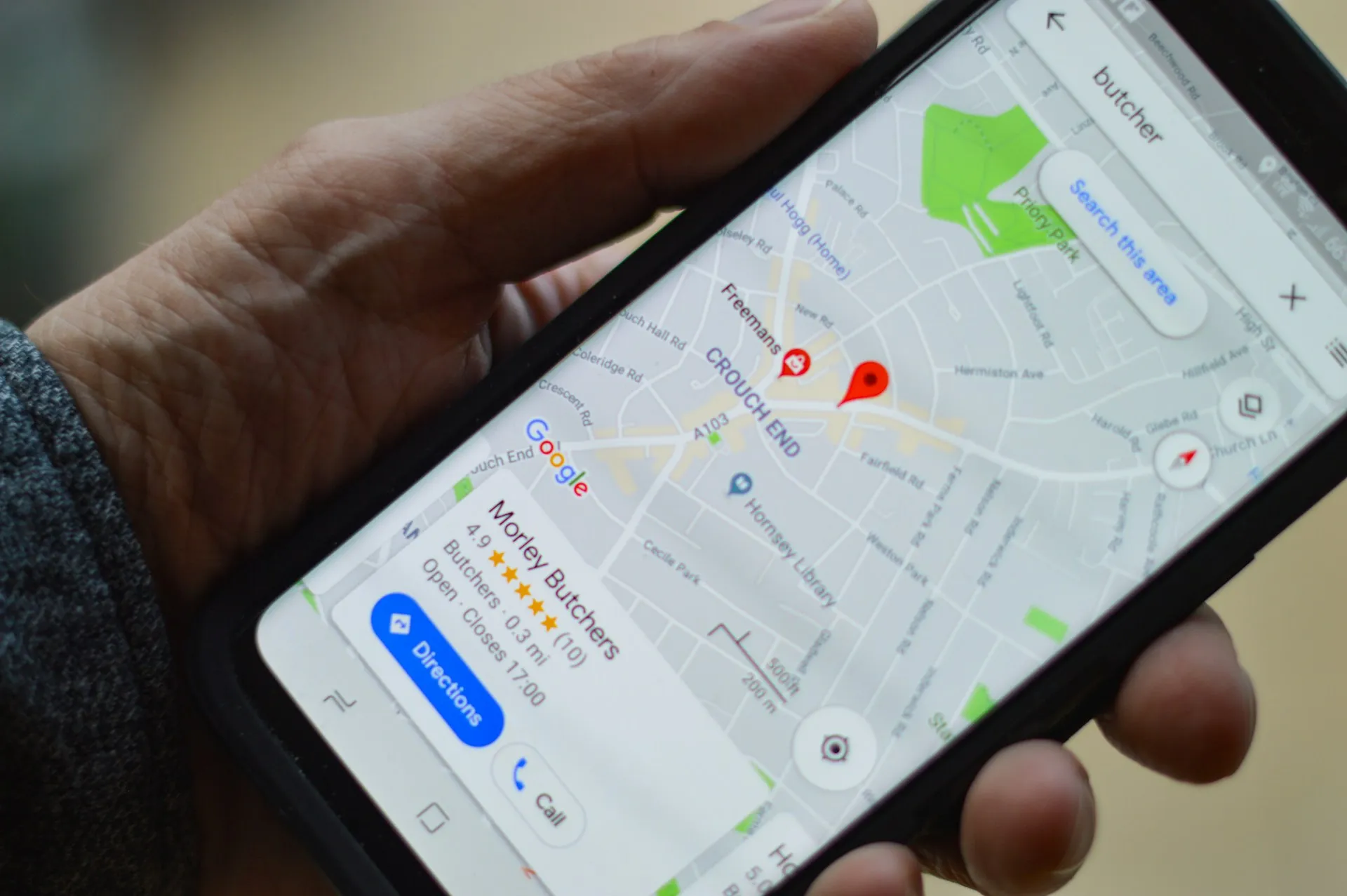
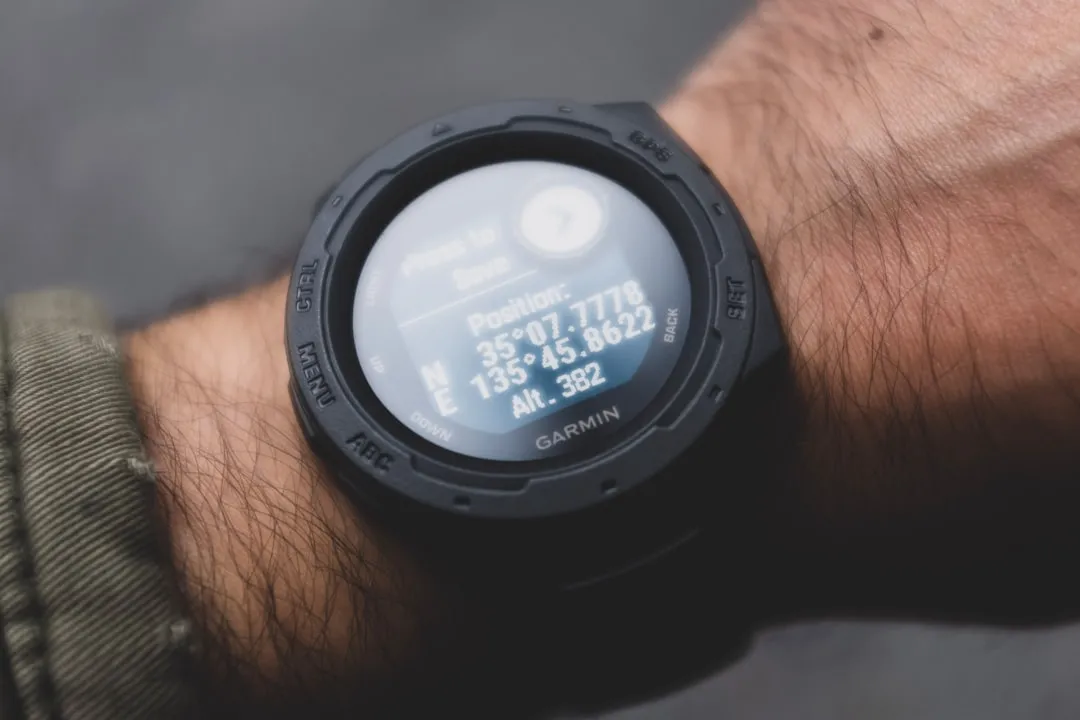

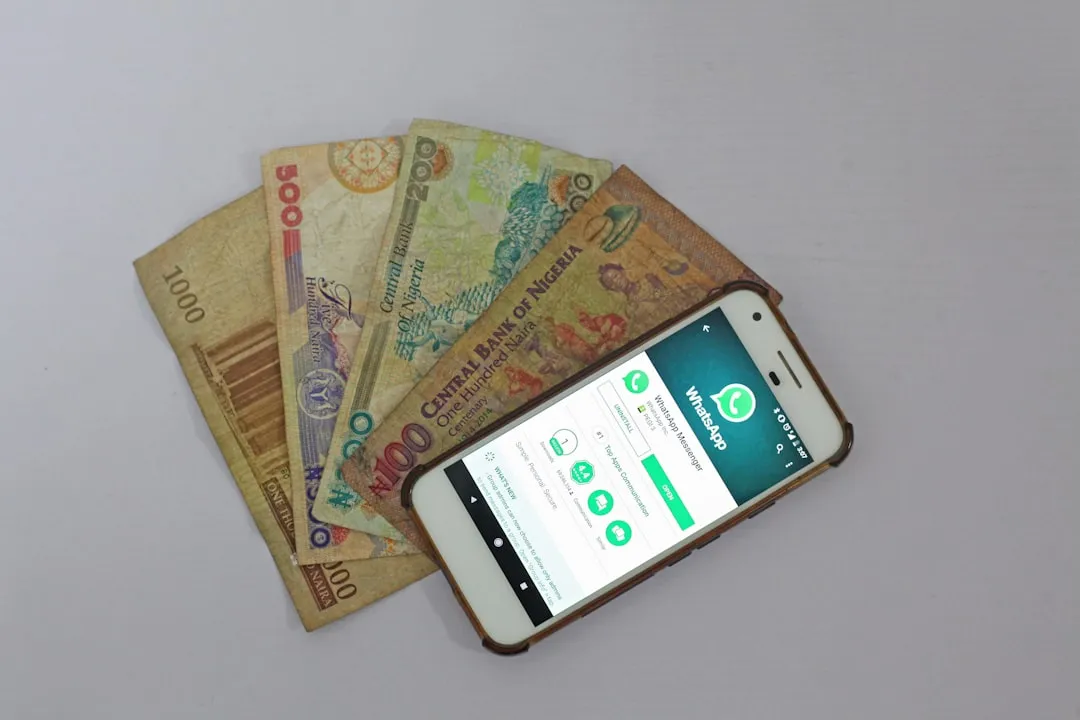
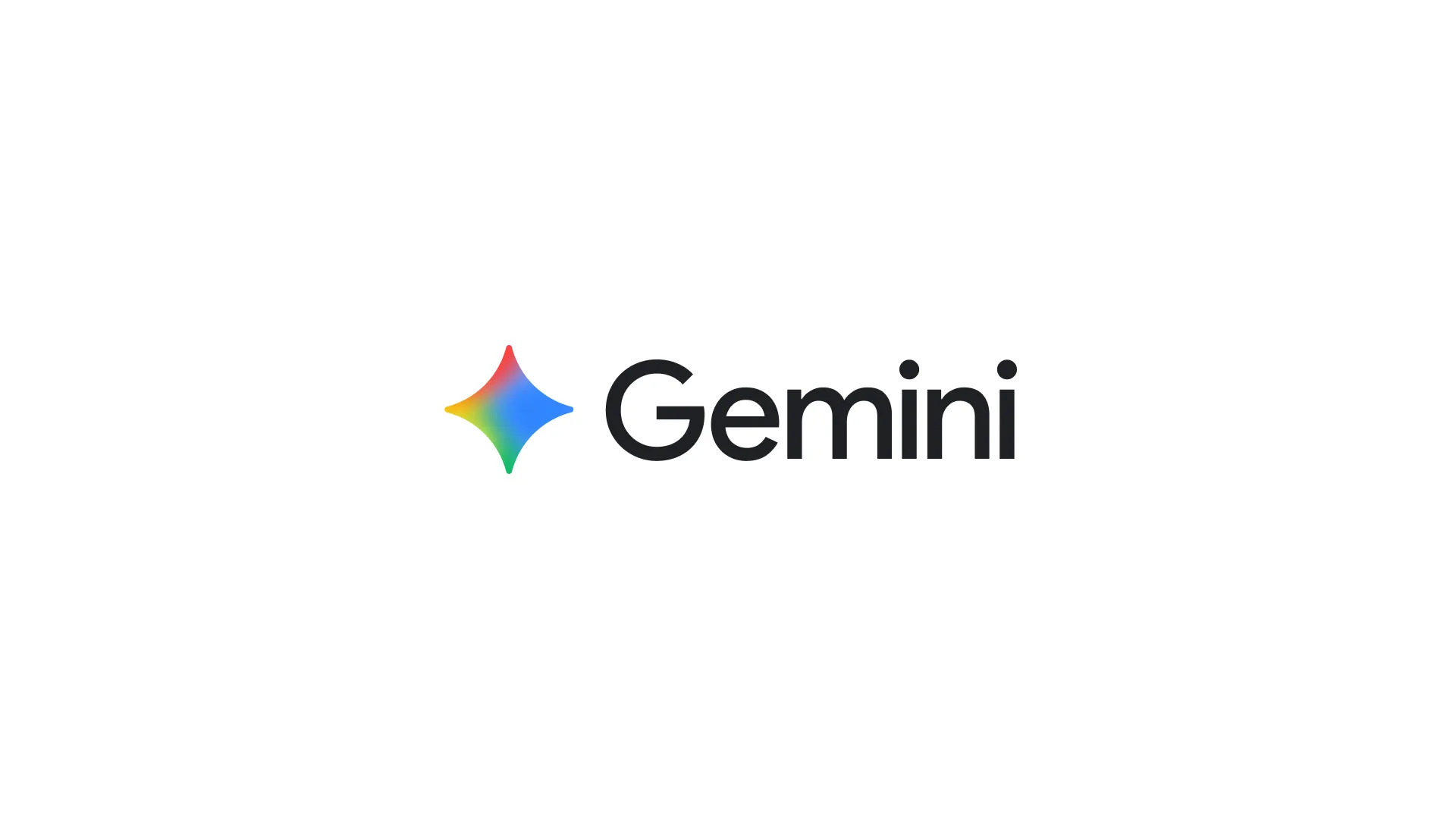
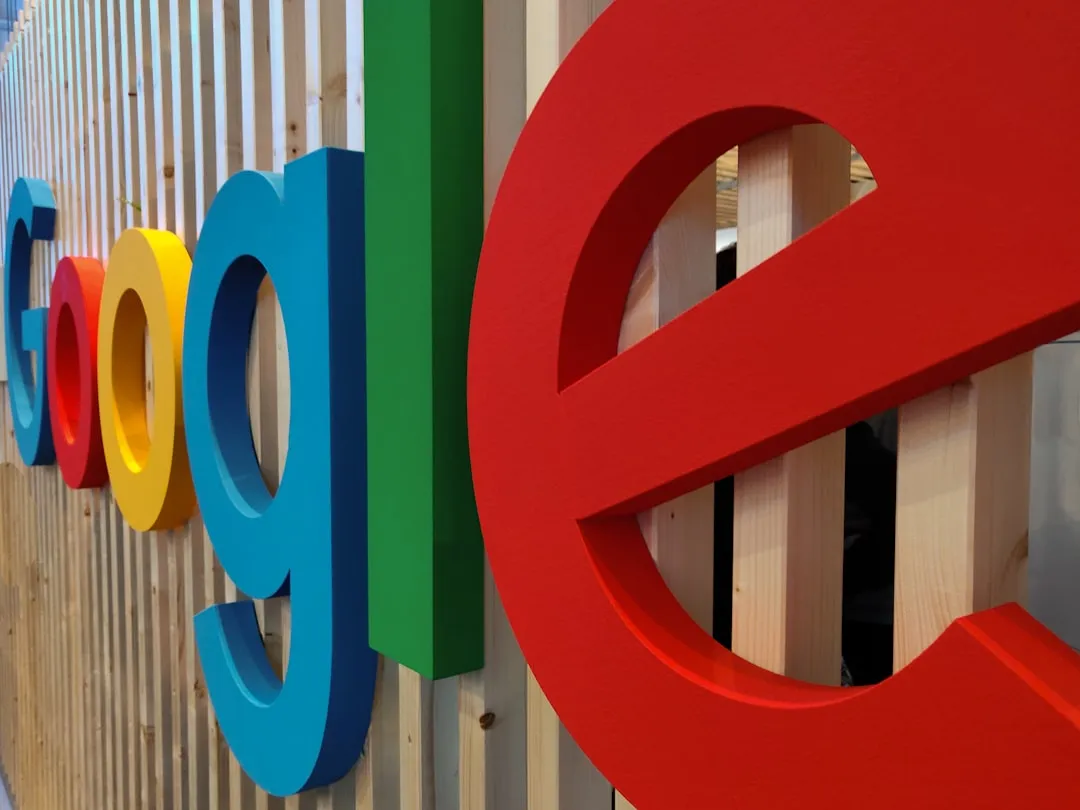
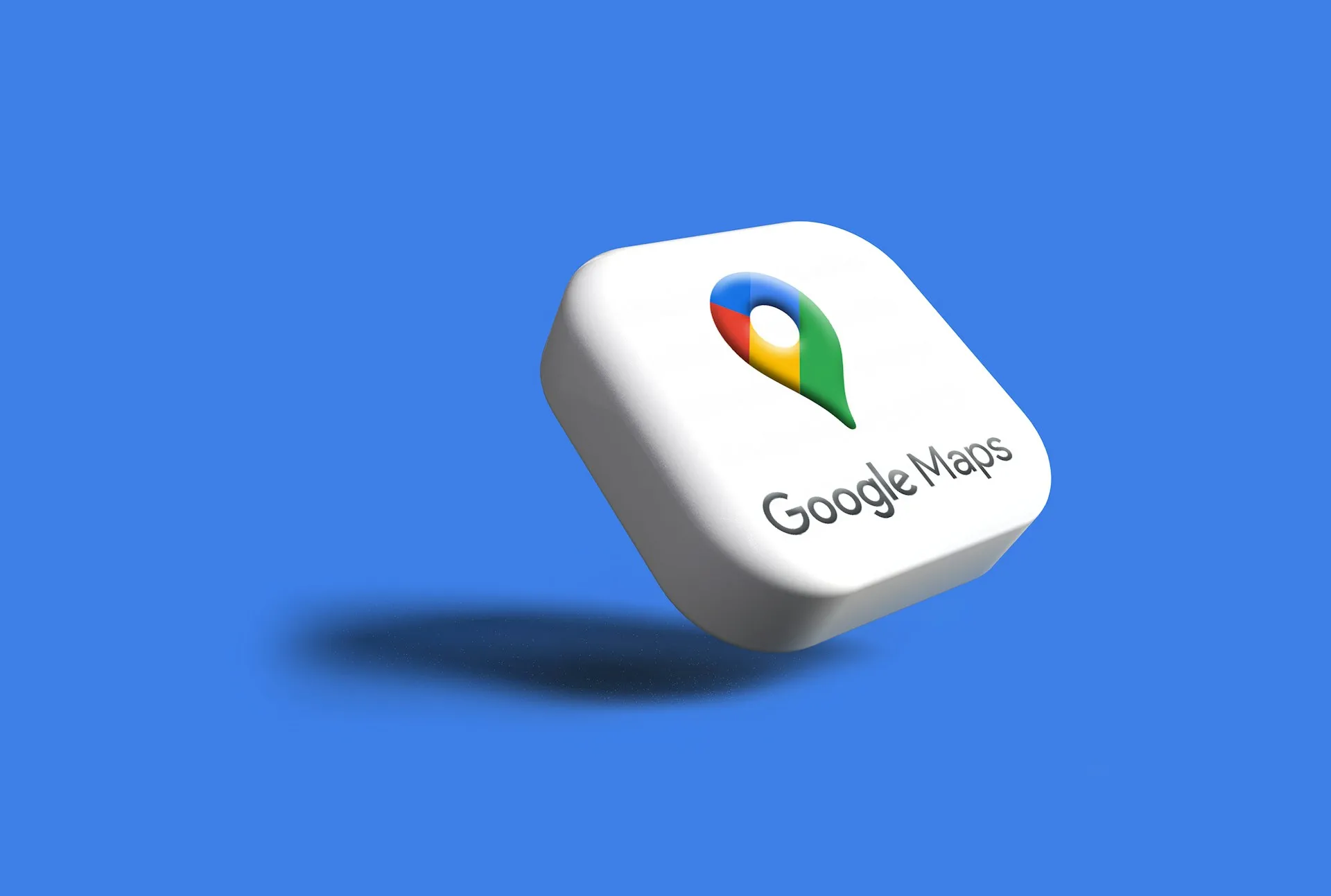
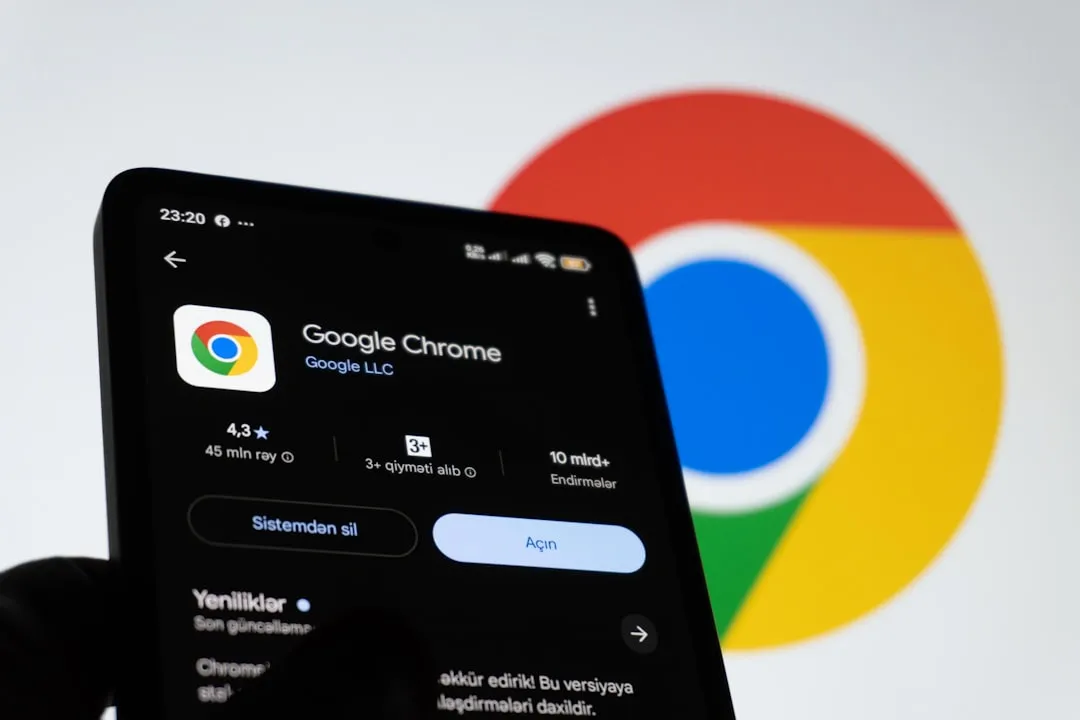

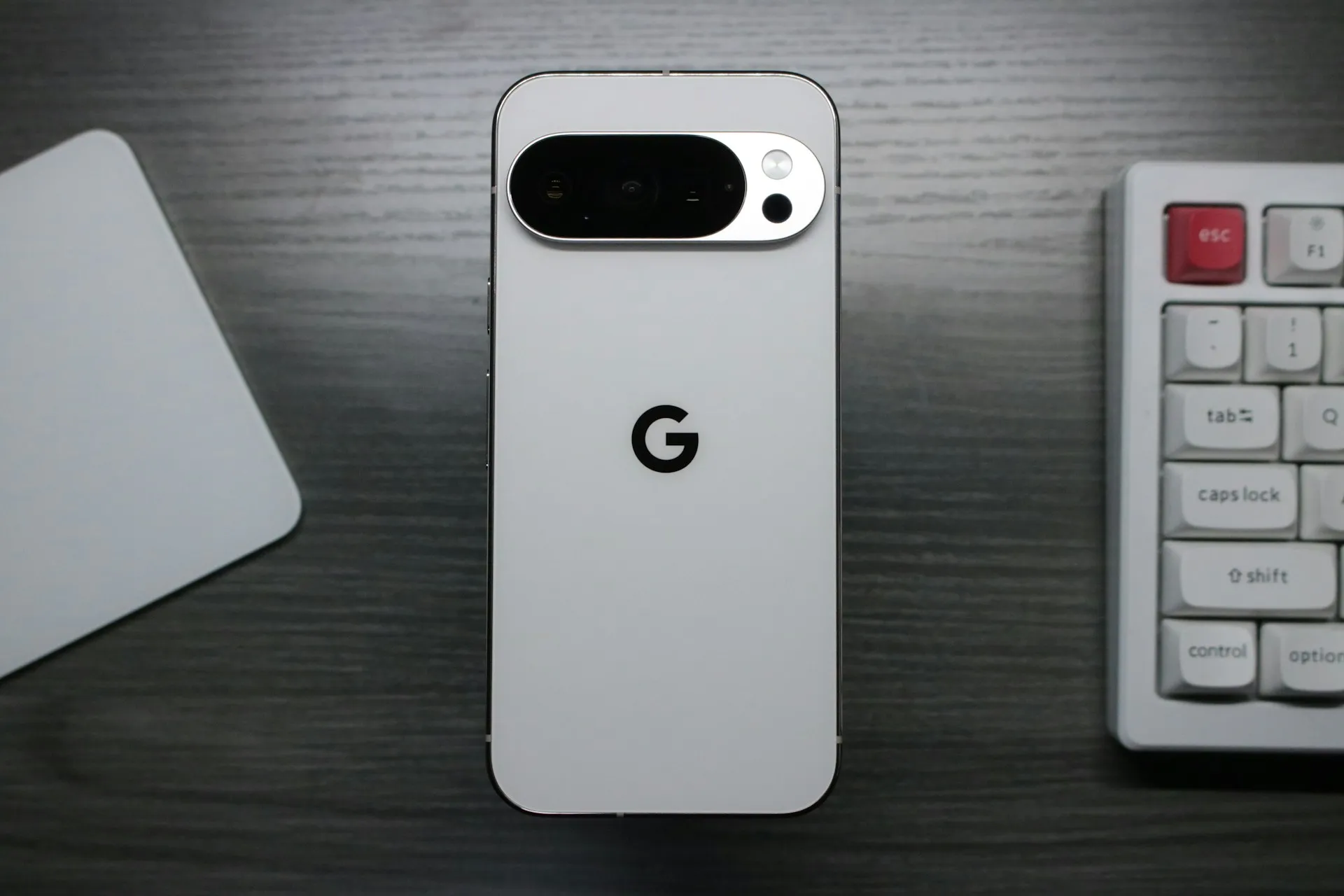
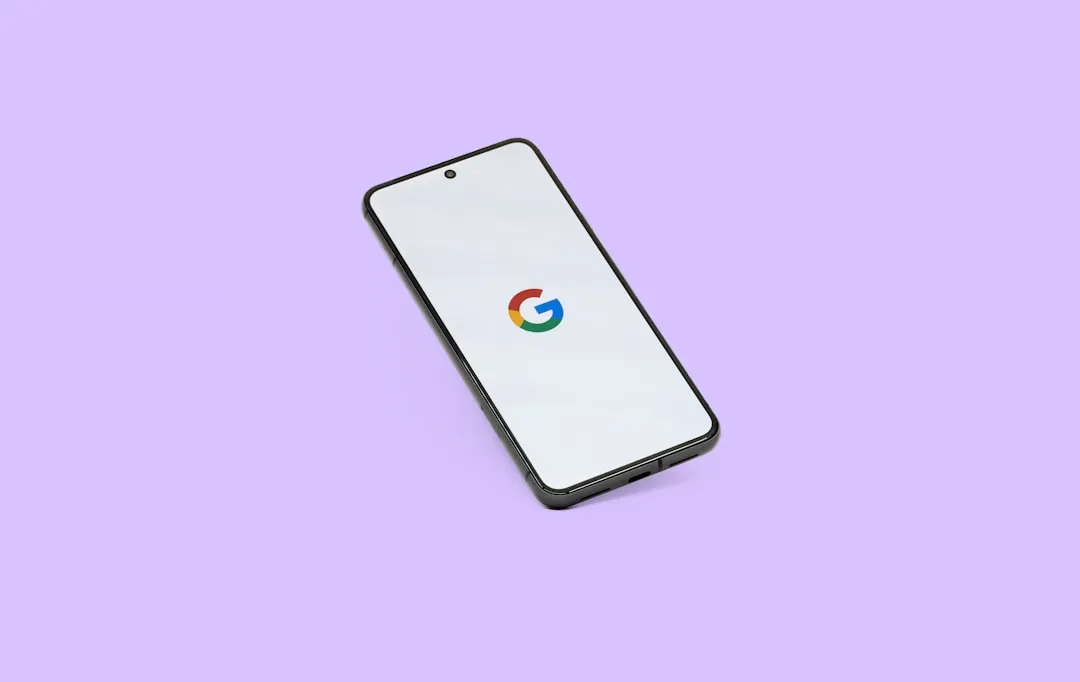
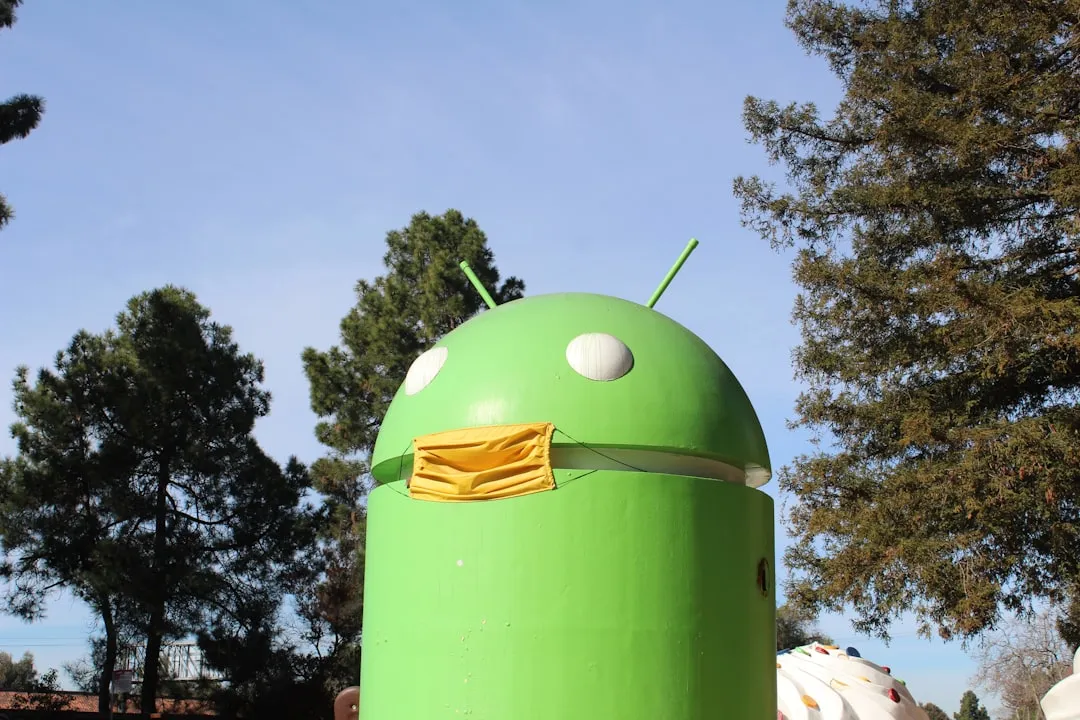
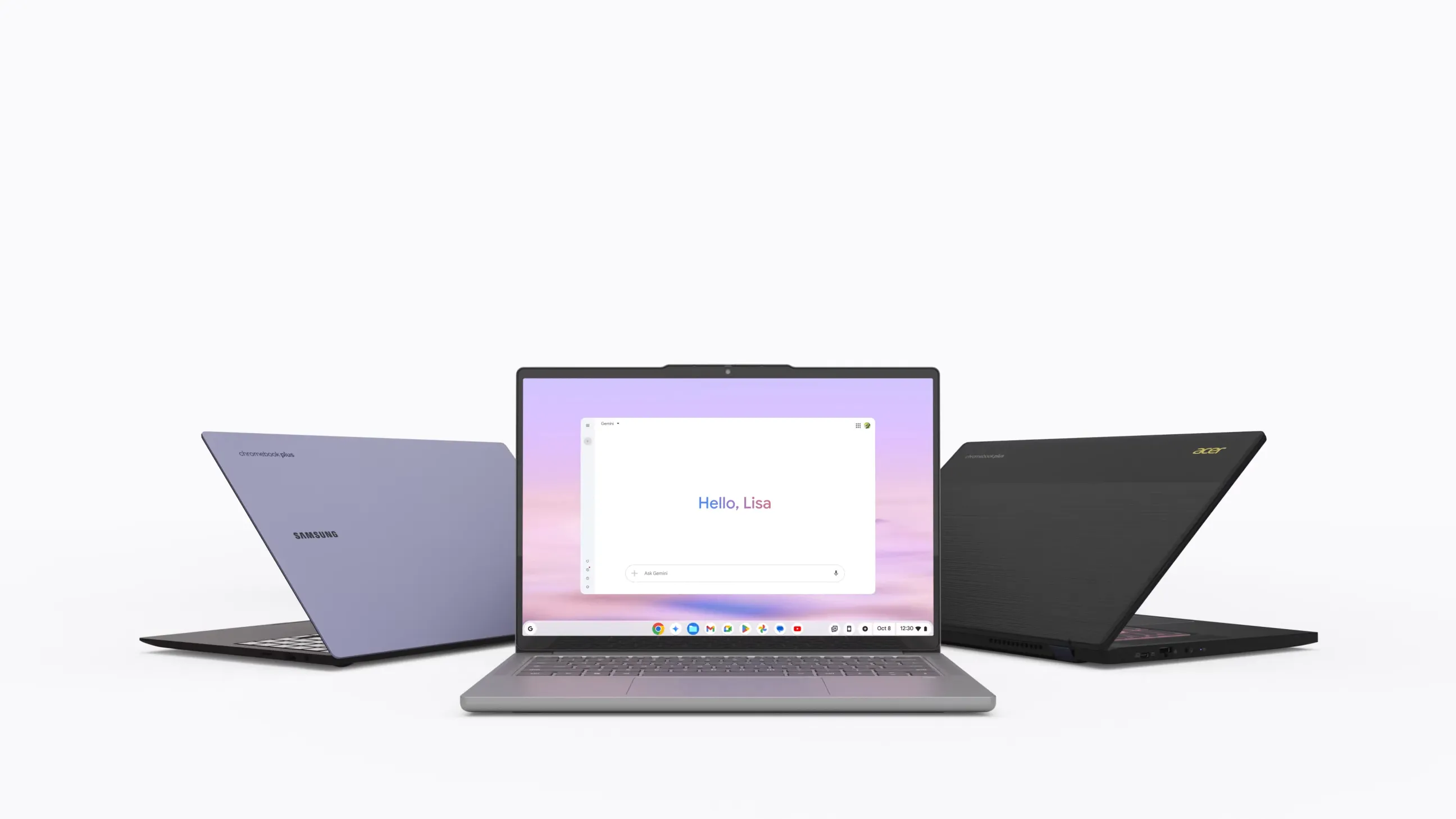

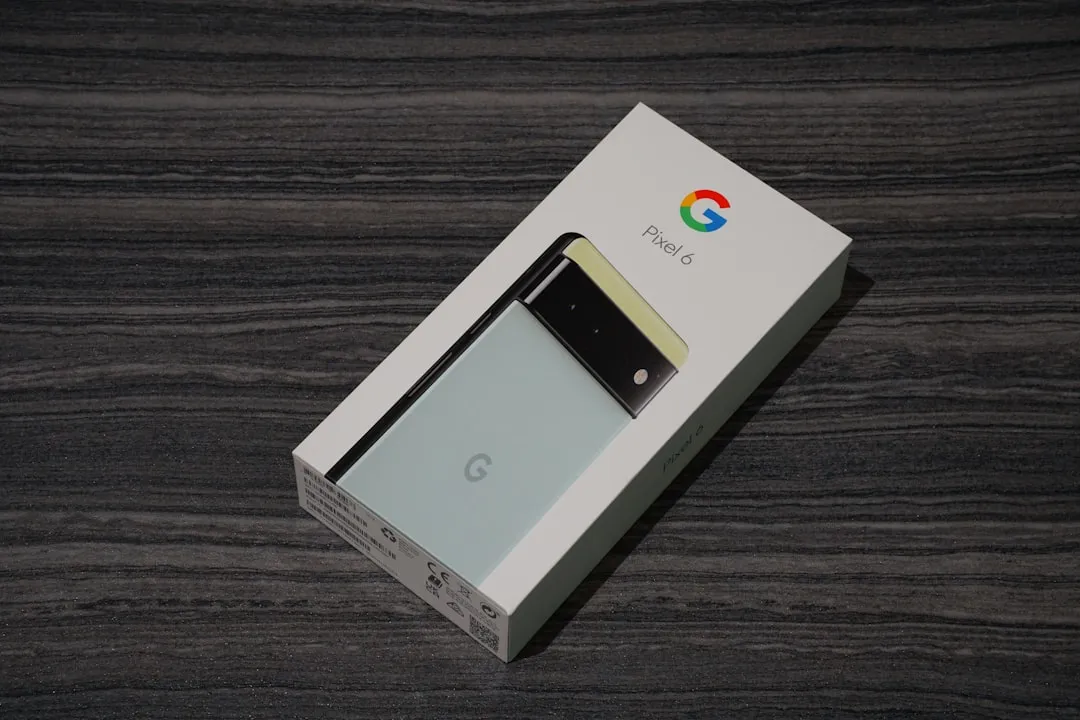
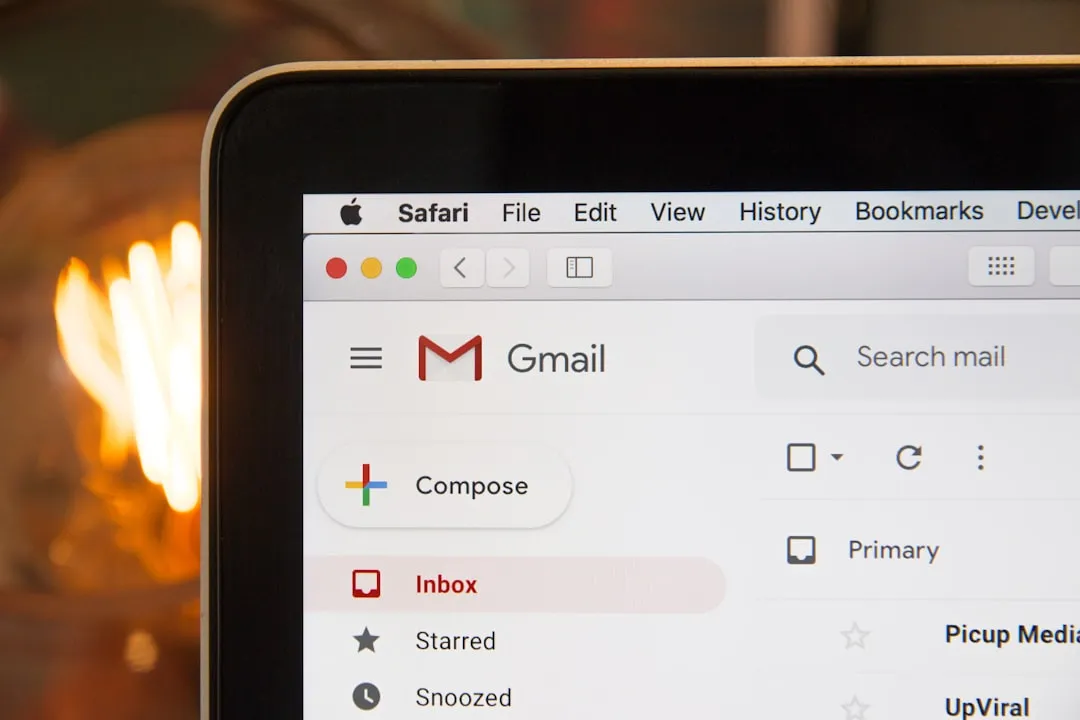
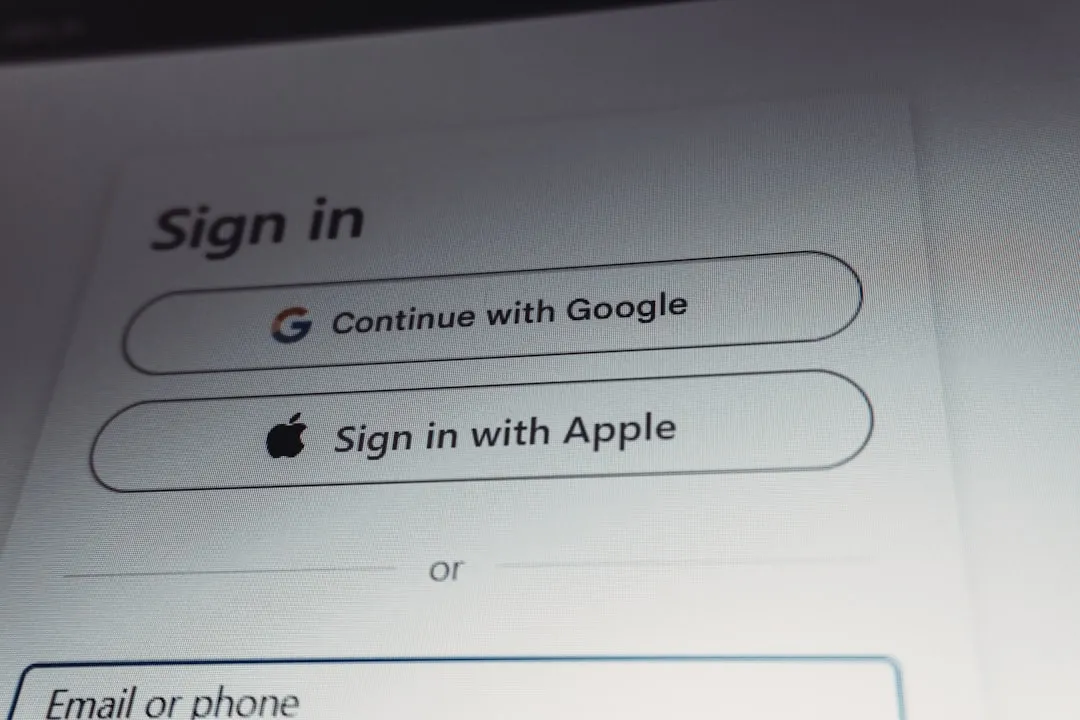
Comments
Be the first, drop a comment!